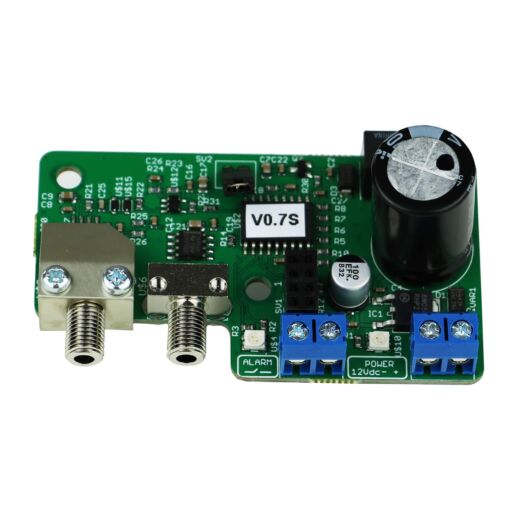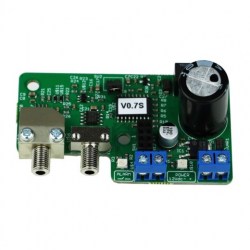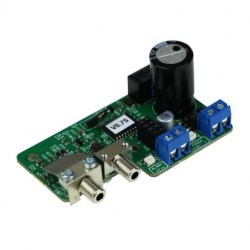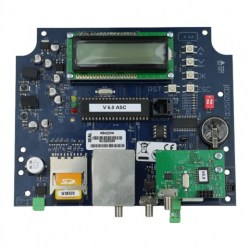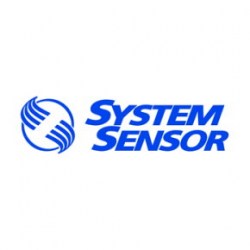PV Solar anti-theft security system SOLAR FIBER
Optical fiber solar cell protection system against theft and vandalism - SOLAR FIBER - ASC Global
SOLAR FIBER - Optical fiber solar cell protection system
It was developed to protect solar panels, thanks to which we can receive a notification (loop break) 24 hours a day. The optical fiber is connected directly to the controller, which detects the cutting of the fiber. The optical fiber must be physically cut for an alarm; weather conditions (such as wind, rain or snow) will not trigger a false alarm. The plastic-insulated optical fiber is not affected by any electromagnetic noise. The maximum length of a fiber is 300m, but the distance can be increased by connecting several centres of the same type.
The theft alarm system consists of 3 parts:
- The centre sends a light signal and checks its reception, generates an alarm if the cable breaks
- The plastic fiber optic cable (with UV filters, can be installed in direct sunlight) that transmits the light signal
- Additional elements that fasten the optical fiber to the solar cells (threaded screws, fasteners)
Connectors:
- Optical output (RX)
- Optical output (TX)
- Alarm output (relay)
- Tamper switch
General description
The anti-theft security system works as a loop: the plastic-insulated optical fiber is attached to the solar panels and strung together in a circle. The optical fiber is connected directly to a controller that detects the cutting of the fiber. If a theft attempt breaks the fiber, the current optical controller detects the interruption of the light signal and triggers an alarm. The controller works perfectly between 0 and -30 dB optical power. (the attenuation is 25dB at 250 meters).
Attenuation of the optical cable
From the SOLAR FIBER controllers, we can set the notifications separately for each loop using a single jumper, thereby distinguishing the signals. We can even enter individual messages with a connected GSM module.
Plastic optical fiber is a polymer material that allows light to pass through from the inside and is also suitable for transmitting a light signal. However, this signal propagates along the fiber, it gradually loses strength: this is called attenuation.
At every meter in the optical fiber, we have to account for attenuation (= optical power loss): the more optical fibers are placed, the greater the attenuation will be thus the optical power at the end of the fiber will be lower.
Accessories related to installing the optical fiber (e.g. overstretched cable ties, tensioning screws, etc.) increase its attenuation.
Connection schemes
The SOLAR FIBER system does not require unique settings. They can be installed in the following ways:
- Transmitter-receiver mode (transmitter+receiver): when the optical fiber is laid as a loop and returns to the same device. When the optical fiber breaks, the light stops, thus generating a signal.
- transmitter (TX) or receiver (RX) mode: if the optical fiber is connected directly to another device (without a loop)
- amplifier mode: when the optical fiber enters and exits the same device, which amplifies the signal for an additional 300 m (approx).
Alarm signal
All SOLAR FIBER control panels have a normally closed (NC) electrical contact alarm output. The controllers can be connected in series, keeping their alarm zones separate or grouped. Alarm output data: 0.5 A/24 VAC, 0.5A/24 VDC
Recently Viewed
Optical fiber solar cell protection system against theft and vandalism - SOLAR FIBER - ASC Global
 English (UK)
English (UK)  Français (FR)
Français (FR) 

